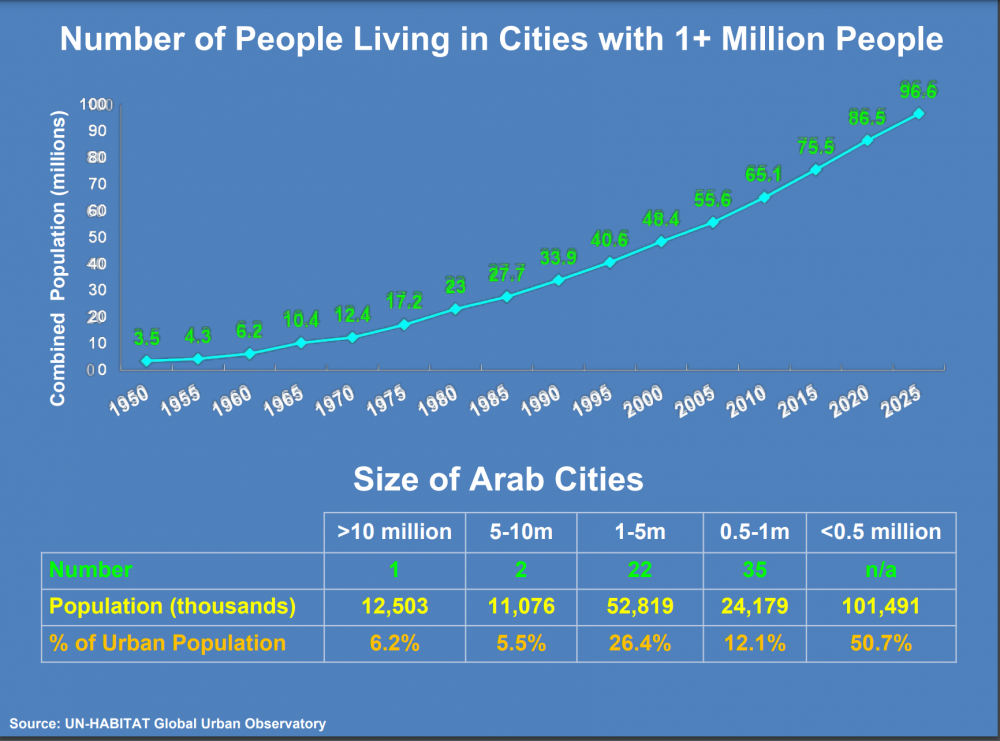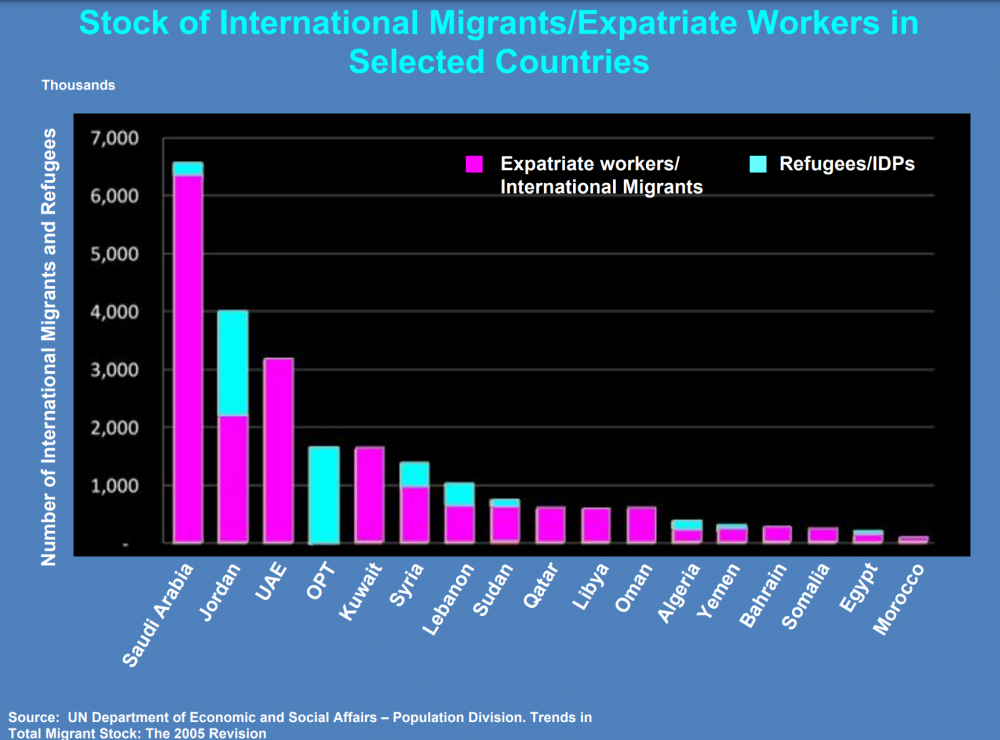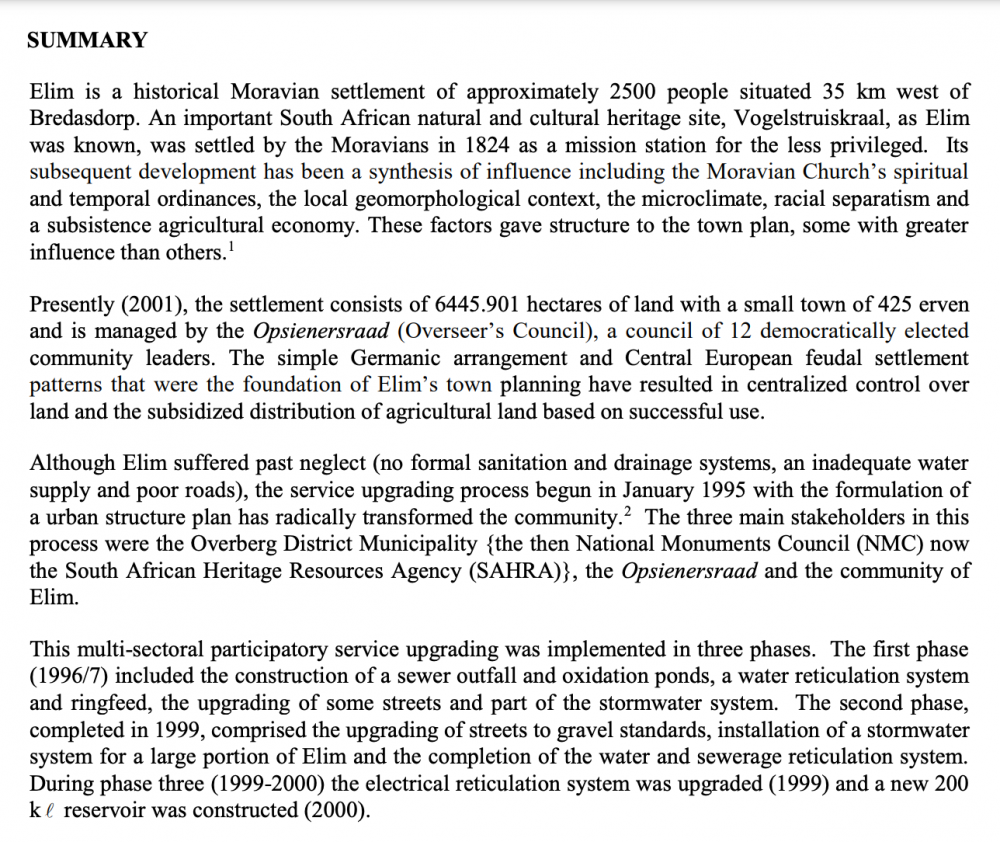Abstract
This project was undertaken in 2012 as a joint venture between I2UD and the Albanian firm Co-PLAN, as part of the World Bank-Austria Partnership Program for Strengthening Local Governments in southeastern European countries.
The program featured an assessment of Social Sustainability frameworks of five Balkan cities: Durrës, Albania; Banja Luka and Sarajevo, Bosnia and Herzegovina; Pristina, Kosovo; and Skopje, Macedonia, as part of an effort to increase the knowledge and awareness of social accountability among city stakeholders and to strengthen the integrity of public services. Local teams in each of the five cities worked in close collaboration with the I2UD-Co-PLAN team.
Documents include a Short Proposal, with a Full City Profile report and Inception Report. Following, are a Focus Group Summary, Social Accountability Note Framework and Index Concept Note. From March 2013 are several City Synthesis Profiles for Sarajevo, Prishtina, Skopje, Durrës, and Banja Luka. Finally, see a Final Reflections Report, a Regional Workshop “ICTs and Social Inclusion” Presentation, and a Regional Workshop Summary from April 2013.
Related I2UD Projects
Related by – Work in Albania




